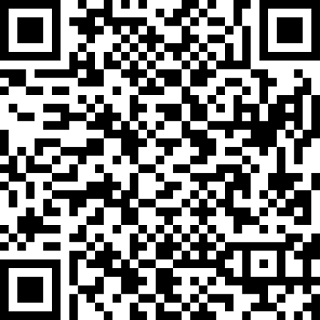ODOO
Views
In
this step we will explain
-
View types in odoo
-
How to create your first python class (python class structure)
View
types :
Form
view :
show editable form
for your object just like in the image bellow
List
view (tree view) :
show existing records for your models in the database as list with
some fields , just like bellow
Kanban
view : show
existing records in card view just like in the image bellow
Calendar
view : view to
display and edit information about dates and durations in
your records in a visual way
Graph
view : show your
data in graph views as bar chart, line chart and pie chart
Pivot
view : show your
data in dynamic views
Search
view : design
search view with some attributes like (group by ,filters …) to make
search more easy for the user
Now
how to create your first python class ?
We
can define the class (object) structure as bellow
Import
packages : here we
will import all packages that we will use
Class
class_name.. : here
we define our class (class name and type)
Class
attributes : here
we define the attributes for the class
Class
attributes :
_name
= ‘the object name’ … eg : _name = ‘clinic.patient’
_description
= ‘object description’
_order
= ‘field_name’ … to order the records by this field
_rec_name
= ‘field_name’… to show record in relational fields by this
field
_inherit =
‘object.object’ … write the inherited here |
Class
body : will define
as
Fields
Constraints
|











